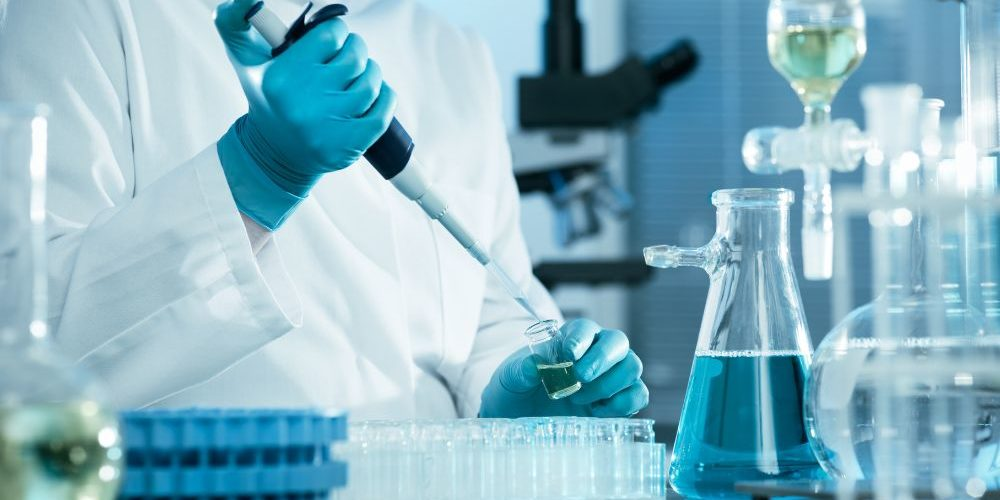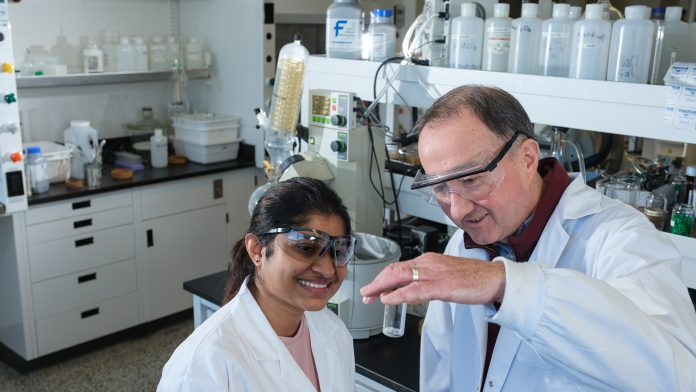The novel chemistry behind ultra-high power density batteries

Mohammad Asadi, assistant professor of chemical engineering at Illinois Institute of Technology, has published a paper in the journal Science describing the chemistry behind his novel lithium-air battery design. The insights will allow him to further optimize the battery design, with the potential for reaching ultra-high power densities far beyond current lithium-ion technology. The battery design has the potential to store one kilowatt-hour per kilogram or higher—four times greater than lithium-ion battery technology, which would be transformative for electrifying transportation, especially heavy-duty vehicles such as airplanes, trains, and submarines. Asadi aimed to make a battery with a solid electrolyte , which provides safety and energy benefits compared to liquid electrolyte batteries, and sought an option that would be compatible with the cathode and anode technologies that he has been developing for use in lithium-air batteries. He chose a mix of polymer and ceramic, which are...










